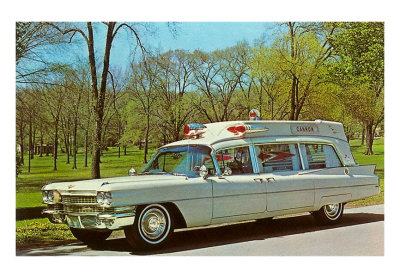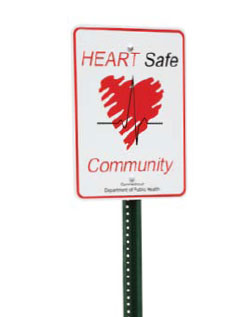Following up on our previous post where we discussed patient refusals, it behooves us to say a few things about risk.
The culture of “everyone goes to the ED” is not writ in stone, and in some places, efforts are underway to expand it into a more sophisticated system. For instance, some patients might be transported directly to detox programs, homeless shelters, urgent care facilities, or psych treatment. Some, of course, don’t need to be transported at all, and can stay home, perhaps with instructions to follow up with their PCP. A few areas are experimenting with, or at least moving towards, the concept of an “Advanced Practice Paramedic” or “Advanced Paramedic Practitioner” who could sensibly and intelligently perform this assessment and triage, determining whether patients need immediate definitive care, or (in essence) “clearing” them of acute high-risk pathologies. Ideas like this may prove central to solving the many problems of healthcare in general and EMS in particular, such as ED overcrowding and the inefficient use of available resources.
However, just like the issue of patient refusals, to even discuss the possibility of such a system requires a fundamental shift in our thinking. At the moment, the approach is, “Try to recognize and treat Sick People — but if you don’t, that’s okay, because they’ll recognize them at the hospital.” Obviously, this practice is based firmly on the presumption that most or all of our patients do end up being evaluated in a full-fledged emergency department. Even the very notion that a patient can refuse to be transported ends up as a grudging allowance — we reluctantly acknowledge that we can’t actually kidnap people, but we still make them jump through hoops to make it entirely clear that we wanted them to go all along.
What if we started to accept that some of these patients don’t need an emergency room? Realistically, and retrospectively, it’s obvious that many of them don’t. Other destinations are more appropriate, and in some cases, no transport at all is necessary. But in order to make decisions like that, we need to be able to accept the assessment, clinical decision-making, and risk stratification of our field providers.
It goes without saying that instituting such a practice would require additional training, and providers (such as this mythical APP) practicing at a higher level than our current EMTs and medics. But it’s bigger than that. We have to be willing to let go of the safety net of everyone filtering through the ED. We have to be willing to accept the field workup as final — or at least, good enough that no further evaluation is immediately needed.
Closely wedded with the prehospital culture that treats patient refusals as bogeymen is the in-hospital culture that says every patient needs a comprehensive workup to rule out every possible killer. It doesn’t matter if the odds are 1,000,000 to 1 that the problem is benign rather than a massive MI or hidden PE; that 1/1,000,000 chance of missing the Badness is still unacceptable, so the patient gets the works.
We have the mindset that any miss is one miss too many.
This costs a lot of money. It puts patients through a lot of hell. But most of all, if we’re going to imagine a world where not every patient ends up even going to the emergency department, we have to accept a world where the ones who don’t will not receive that exhaustive workup.
Certainly, this triage process be handled sensibly, and conservatively, because we’re here to help people, not let them die at reasonable rates. So where do we draw the line? Is one miss in a thousand acceptable? One in a million? One in a billion?
We can draw the line wherever we want, but no matter where, there’s going to be a qualitative difference between a reasonable risk and “we did everything.” Because eventually, we’re going to miss one. A well-trained and conscientious clinician is going to assess a patient in their home, and appropriately conclude that their complaint is not dangerous, and that patient is going to die.
Because it happens — because flukes are inevitable. If we throw the kitchen sink at them, and we still lose, then at least we can hold ourselves blameless. But if we take a more reasonable approach, then we have to accept in advance that occasionally, the chips will fall against us. And that has to be okay.
The prevailing belief today is that anytime something goes wrong, something was done wrong. Adverse outcomes are an indicator of error, either an individual error or a flaw in policy or protocol. If I follow our procedures to the letter, and a patient slips through the cracks, it means we need to change the procedure.
Can we get to the point where we understand that if a situation is correctly evaluated, and the risks are correctly balanced, and we simply happen to get unlucky, that the decision was still right? Where we can stop spending ever-increasing amounts of time and money in the pursuit of ever-more-infinitesimal risk?
I don’t know. But if we can’t, then we’re never going to be able to solve some of these problems. Because perfection doesn’t exist, and chasing it is a good way to get very tired.


Recent Comments